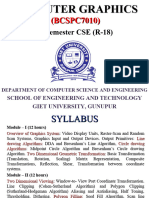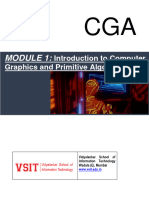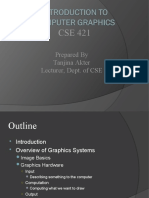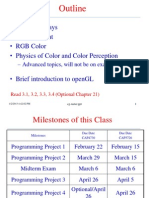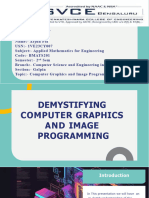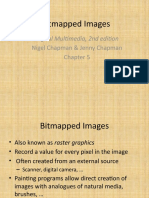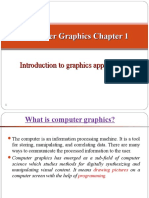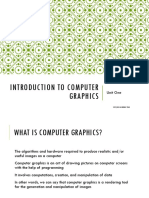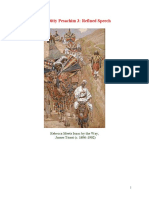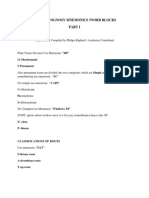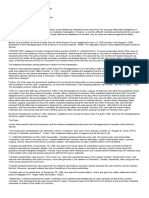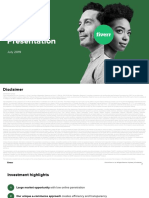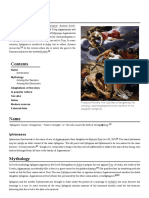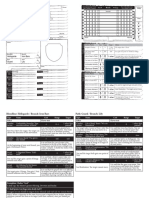0% found this document useful (0 votes)
26 views74 pagesLecture 1
The document outlines the course structure for CSC418/2504: Computer Graphics, including instructor details, office hours, lecture and tutorial schedules, and grading criteria. It introduces fundamental concepts of computer graphics such as modeling, rendering, and animation, along with specific assignments and topics like raster images and gamma correction. Additionally, it emphasizes the importance of academic honesty and provides resources for students to prepare for the course.
Uploaded by
Safe AttorneyCopyright
© © All Rights Reserved
We take content rights seriously. If you suspect this is your content, claim it here.
Available Formats
Download as PDF, TXT or read online on Scribd
0% found this document useful (0 votes)
26 views74 pagesLecture 1
The document outlines the course structure for CSC418/2504: Computer Graphics, including instructor details, office hours, lecture and tutorial schedules, and grading criteria. It introduces fundamental concepts of computer graphics such as modeling, rendering, and animation, along with specific assignments and topics like raster images and gamma correction. Additionally, it emphasizes the importance of academic honesty and provides resources for students to prepare for the course.
Uploaded by
Safe AttorneyCopyright
© © All Rights Reserved
We take content rights seriously. If you suspect this is your content, claim it here.
Available Formats
Download as PDF, TXT or read online on Scribd
/ 74







